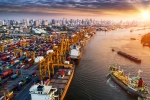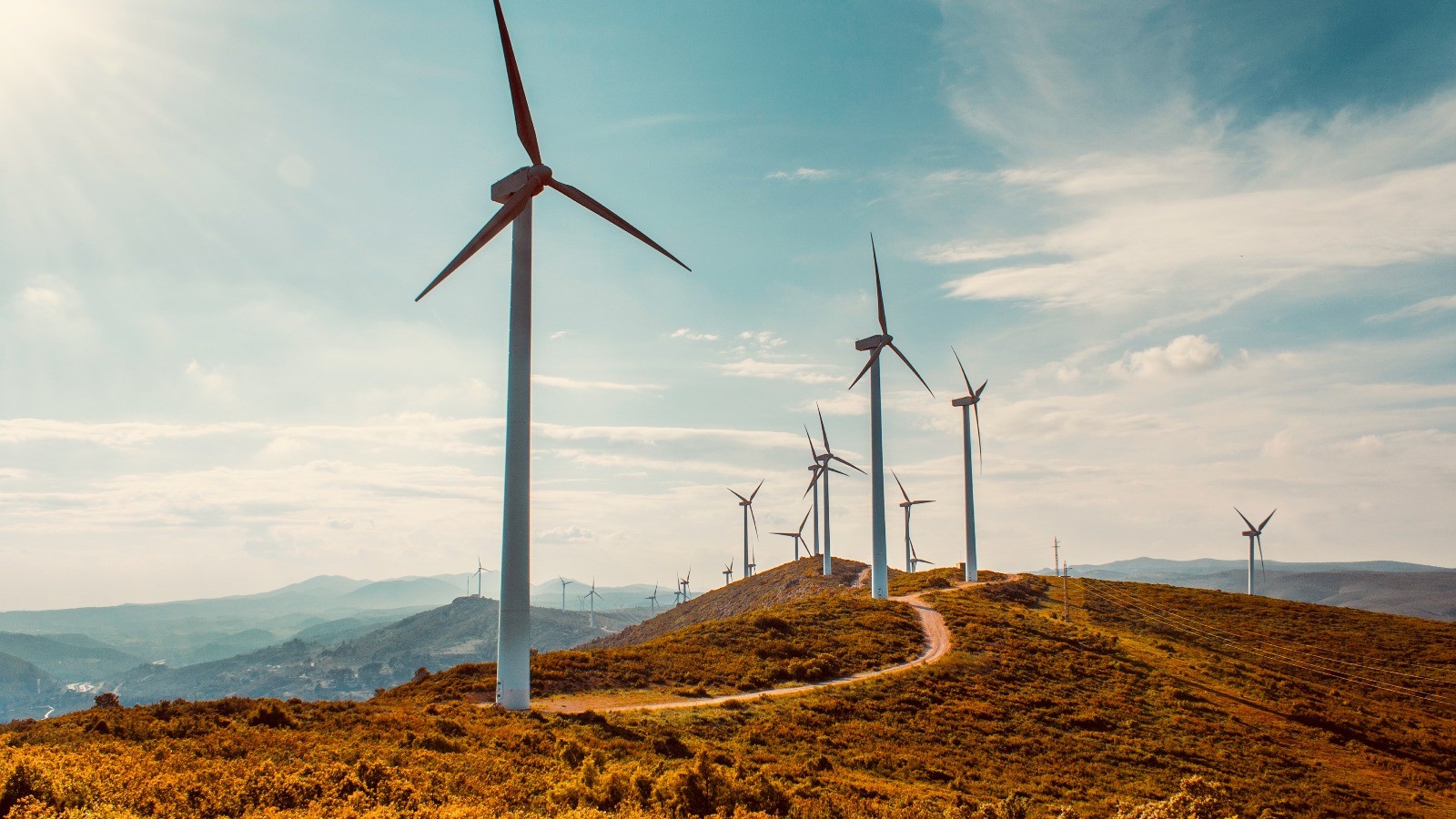1: Energy transition – Middle East tempo!
Amid the global excitement around the energy transition and the need to accelerate it, senior voices in the energy sector in the Middle East, particularly in the GCC where most hydrocarbons are produced, have expressed caution regarding the energy trilemma of security, affordability, and sustainability. While they acknowledge that emission reduction is essential, they have emphasised that the energy transition “revolution” must proceed at a measured pace. This perspective has become more relevant with the recent announcement of a “national energy emergency” in the US and the reprioritisation of economic and social security, sparking growing debate on the matter, despite Europe’s continued push toward net zero commitments.
The tension between the three important attributes of the trilemma - security, affordability and sustainability - reached unprecedented levels in the last year. Transitioning to greener energy systems worldwide remains a significant challenge due to high costs and extended timelines. Much of the focus has been on the electrons (electricity sector), often overshadowing the equally critical role of fuels and gases (molecules) in the energy system. Investments are delayed due to global policy uncertainties and fluctuating energy prices, leading to the postponement or temporary shelving of “energy transition” targets. This has sparked scepticism about the pace of achieving a zero-emissions future.
This year will witness the balancing of the “tempo” of energy transition as the world converges on a more reasonable timeline for net zero and countries revising their ambitions to better manage the energy trilemma.
In addition, the tradeoffs between carbon capture, reuse and management over aggressive net-zero ambitions will surface with more efforts being directed toward managing carbon molecules for productive use.
2: It’s now or never: Hydrogen's critical year!
The year 2025 could be a make-or-break year for hydrogen development. Costs for hydrogen production remain high, and its adoption is heavily reliant on subsidies. In the Middle East and Europe, the momentum for hydrogen is waning due to poor returns on investment – primarily because of logistical hurdles and weaker financial returns compared to LNG. Many stakeholders are diverting resources toward more lucrative options like natural gas.
The challenge of linking large-scale production centres to significant off takers has dampened the enthusiasm of investors who are now looking elsewhere. Additionally, the returns on investments for a hydrogen integrated project pale in comparison to those of say an integrated LNG project, making the choice of capital placement obvious.
In 2025, we will either hear big news of breakthroughs in hydrogen or we will witness the beginning of the end of the hype, putting hydrogen back in its place as an opportunistic play and not a disruptive participant in the energy value chain.
3: LNG – the retuning kid on the block!
This year will also witness a primary focus on gas, with significant investments in exploration and development. Gas provides great leverage for short- and medium-term energy needs and is an essential part of the energy transition revolution and efforts to reduce emissions.
LNG, more specifically, is becoming increasingly liquid and flexible, driven by new suppliers and infrastructure investments. With a more accessible and standardised market, players are now less dependent on long-term contracts.
Most important perhaps, is that LNG projects are seen as a practical alternative amid the skepticism about hydrogen’s viability.
The race is on between the US and Qatar on who will dominate the next decade of LNG trade.
4: On the electron!
There are two trends to watch for starting in 2025 when it comes to electricity systems: super grids for electron global trade, and grid optimisation at regional or country levels.
High Voltage Direct Current (HVDC) technology is advancing beyond connecting nations to linking continents. Super grids will enable the transportation of green power over thousands of kilometers, paving the way for a global electricity marketplace.
On the regional level existing grids lack sufficient smart technology, leading to inefficiencies and challenges in managing behaviour and demand. Modernising these grids and integrating smart meters are critical next steps. In parallel to the grid “smartness”, there is a need for energy storage to optimise grid operations and costs, and low-cost gigawatt -scale batteries are poised to disrupt the energy sector on that front.
Against this backbone, we will see a surge in private equity and infrastructure funds’ investments in grids, storage solutions, and renewable-related infrastructure in 2025.
5: Hydrocarbons: back to the future!
Traditional oil and gas players are returning to their core focus while gradually adopting green practices. Downstream activities like green chemicals, refining, and biofuels are also growing but remain incremental rather than transformative. That said, many players are piloting groundbreaking conversion and process technologies showcasing how innovation can balance core profitability with energy transition goals.
It is all but familiar grounds to national oil companies, international oil companies and independents; it all depends on the direction of travel of the oil price, which may witness a drop in 2025!
6: Nuclear energy: The “old-new” contender
The year 2025 will witness a renewed interest in nuclear energy as a serious future contender in the sustainable global energy mix, especially if you place that in the context of electron global trade. The interest is not only in Europe and Asia, where you would expect it to be but also in the US and the hydrocarbon-rich Middle East, signaling a broader shift toward nuclear as a viable long-term energy solution. Regulators in the GCC are ramping up capabilities and launching discussions with the International Atomic Energy Agency and technology providers.
While short-term contributions to the electricity mix may be limited, investments in nuclear development programmes will start to increase in 2025.
7: AI: A disruptor or optimiser!
The practical intersection of Artificial Intelligence (AI) with the energy industry has sparked curiosity about its true impact. As AI applications proliferate in 2025, we will seek to understand its real essence: an efficiency tool (that optimises oil derivative margins) or a game changer (one that advances material science research for hydrocarbon byproducts). However, the rise of AI also brings exponential energy demands, particularly from data centres. For instance, a single GenAI search can consume up to 30 times the energy of a traditional search engine, emphasising the need to account for AI’s energy footprint as the debate unfolds. We hope 2025 will give us more clarity on this!
“Panta Rhei”: Change and constants
These are exciting times! At its core, it all comes back to economics. Market forces and fundamentals continue to drive decisions, reminding us of Heraclitus' most famous aphorism “Panta Rhei” – that in the end everything flows, yet some truths remain constant.
Contact us
Dr. Raed Kombargi
Partner, Energy, Resources and Sustainability Leader & Strategy, PwC Middle East
Partner and Sustainability Leader, Strategy& Middle East
Dr. Shihab Elborai
Energy, Resources & Sustainability Partner and Middle East Utilities Platform Leader, Strategy& Middle East, PwC Middle East
Dr. Paul Nillesen
Energy, Resources & Sustainability Partner and Europe Practice Leader, PwC Netherlands
Giorgio Biscardini
Energy, Resources & Sustainability Partner, PwC Italy









